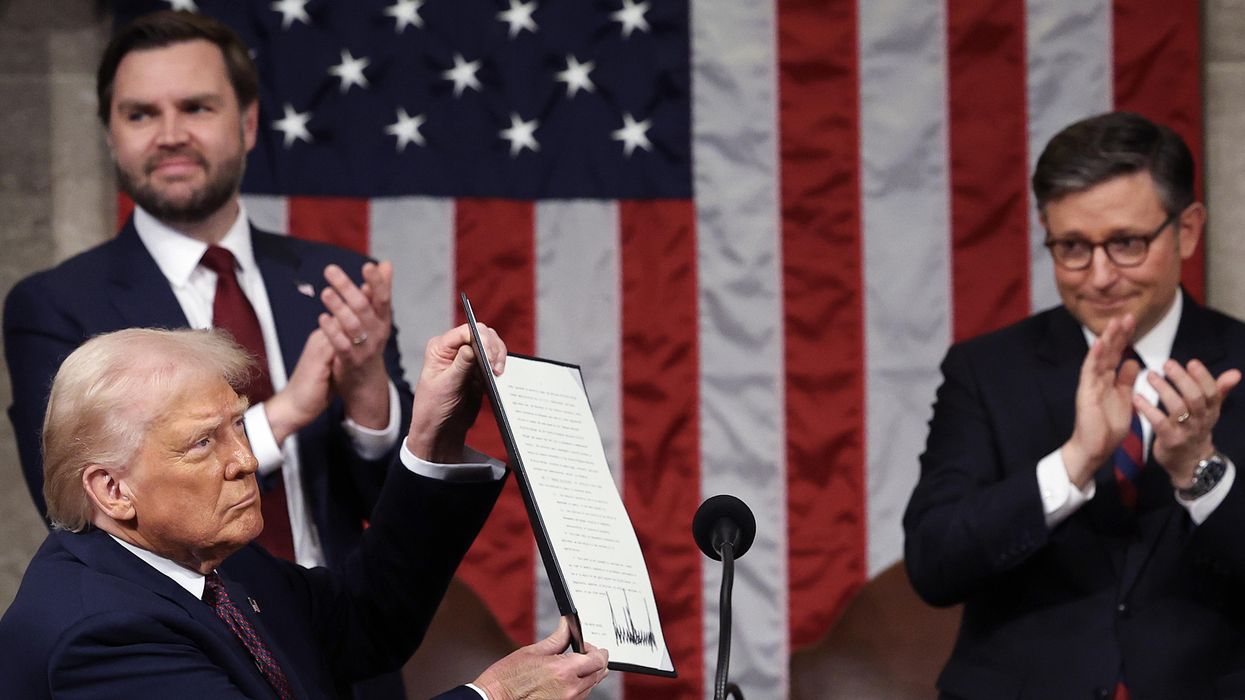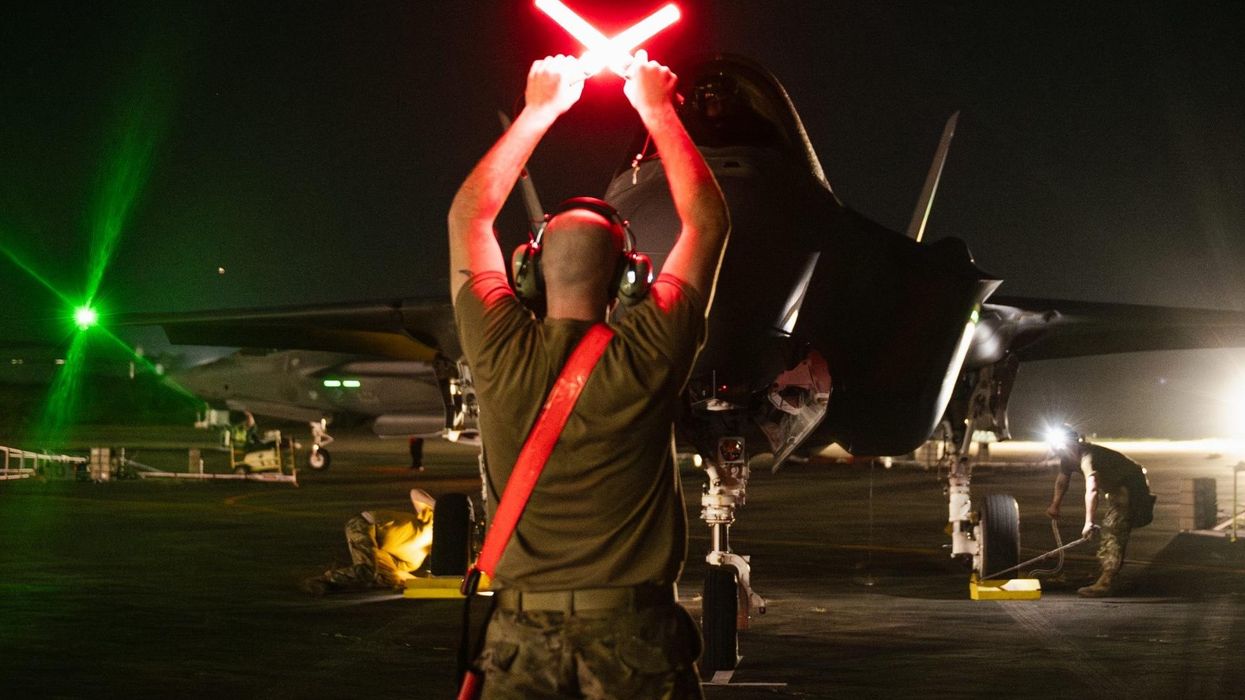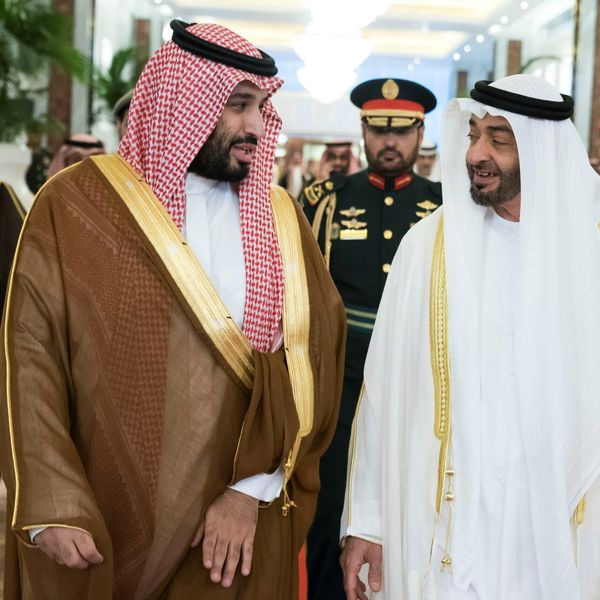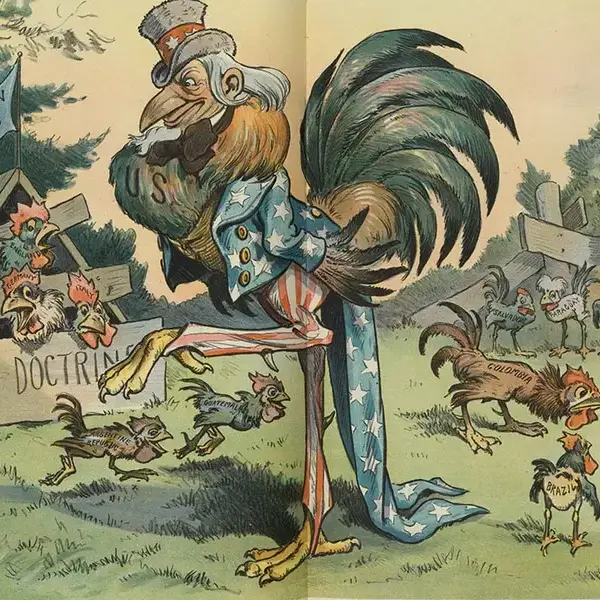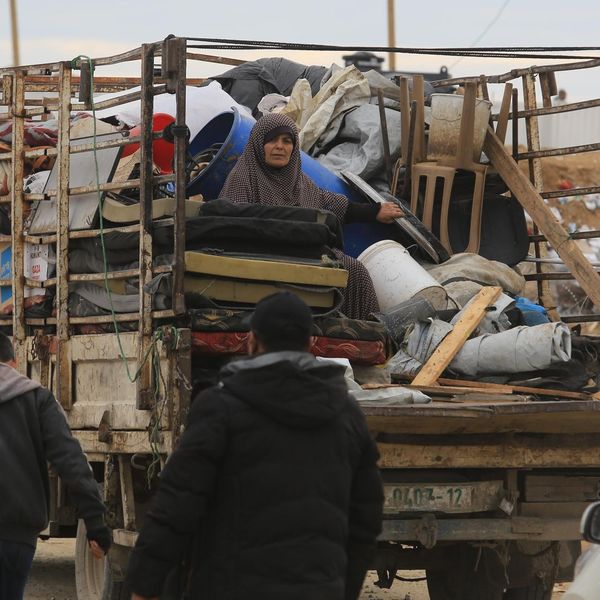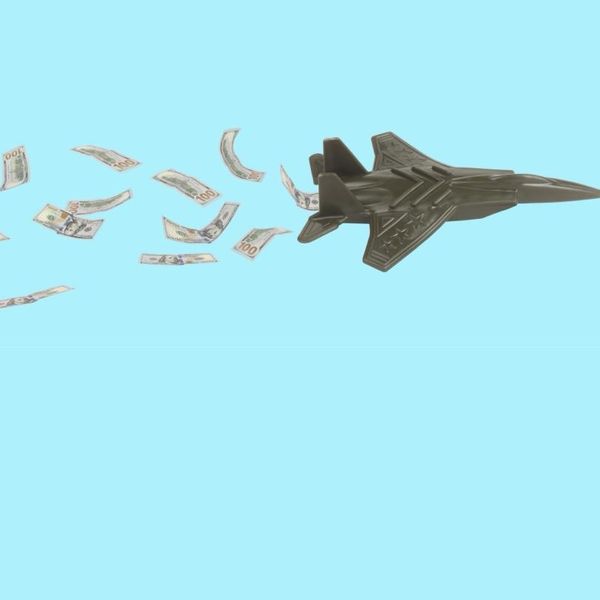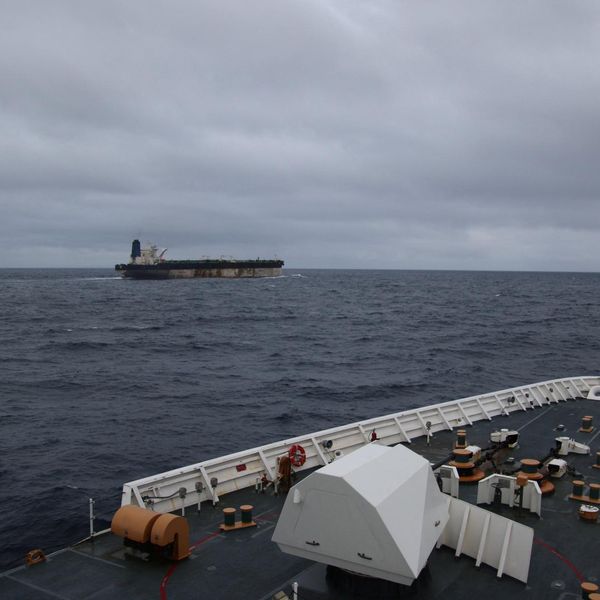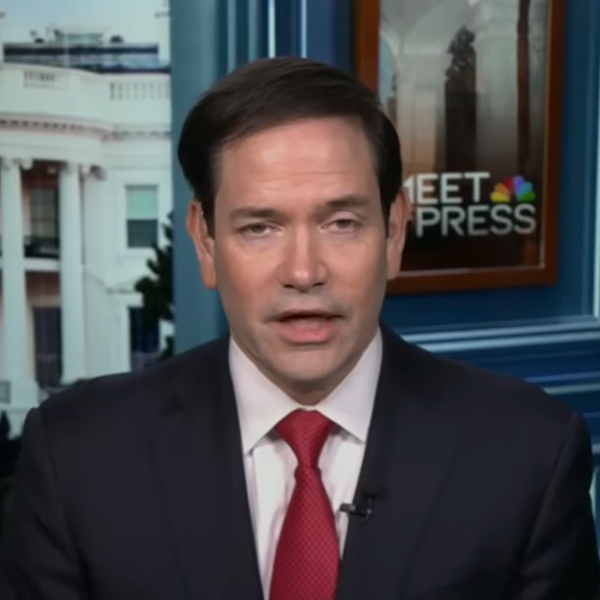On June 21 2021, the Russian prosecutor general's office added the New York-based Bard College to its growing list of undesirable foreign organizations. In practice, this will mean Bard will be unable to continue its long-running partnership with St. Petersburg State University which has helped thousands of U.S. and Russian students undertake educational exchanges. Placing Bard on its list of undesirable foreign organizations is the latest step by the Russian government to limit avenues for cultural, diplomatic, and educational exchange with the United States. The U.S. government has done little to counteract these limitations, a trend that will be counter-productive in the long term.
The United States is engaged in an active and often hostile competition with Russia, but, instead of investing in building a robust network of Russian experts, Washington has neglected to invest in the field. The damage is well documented. In 2012, Title VIII funding, which authorizes federal money to be directed to Slavic language training and advance research, was cut sharply from $4.5 million to $3 million per year. This is part of a growing trend in the United States that applies across government, academia, and NGOs, where, despite increased confrontation with Moscow, knowledgeable experts are competing for ever fewer resources.
George Kennan, the oft-cited dean of Russian studies in the 1940s and 1950s, argued that, in order to actually understand Russia, you needed to get Russian mud on your boots. In other words, it’s not enough to read about the country, but rather it’s important to live there and understand its complex and often misunderstood history and culture.
The experience of the Cold War seemed to prove Kennan right. Having had only a few dozen Russian experts in the 1950s, by the 1990s the United States boasted several hundred across government and academia. Yet many had never had the opportunity to visit Russia, and thus their perceptions of its foreign and domestic policies were not necessarily well grounded. Hence, for many years U.S. experts believed the Soviet Union was more viable than it truly proved to be.
The collapse of the USSR inflicted an additional blow to Russian studies in the United States. An overconfidence and deep misunderstanding of the implications of the death of communism led the U.S. talent pool on Russia to dry up. That pool has not been replenished despite increasing tensions with Russia. The fault lies largely with the U.S. government's priorities.
Unlike the 1950s, there has been no increase of funding for Russian studies and indeed the macro trends in Washington seem to act more to deter those who want to engage in Russian studies rather than encourage them. The outsourcing of background checks for security clearance to lowest-bid contractors means that would-be Russian experts applying for entry-level federal positions face daunting obstacles. Even if they are somehow able to navigate the highly dysfunctional hiring process, they still face a very arduous clearance ordeal that can result in disqualification, often on the grounds of concern over foreign contacts or connections acquired during educational or cultural exchanges. The lesson for would-be Russian scholars is: why bother trying to cultivate expertise if it will only serve to disqualify you?
That is not to say Washington is bereft of genuine expertise. But the increasingly polarized environment that rewards jingoism and punishes nuanced analysis means that many experts have been left on the sidelines. Take, for example, the recent controversy surrounding Matthew Rojansky, director of the Wilson Center’s Kennan Institute. Rojansky was a highly qualified candidate for Russia director on the National Security Council, but ultimately he was forced to withdraw his name from consideration. Rojansky’s transgression in the eyes of many DC elites was that he argued Russia is a nation that the United States should learn to coexist with.
Think tanks and NGOs as well as the media are also to blame for these problems. Several factors, including shrinking budgets and donations increasingly being tied to ideological purity rather than quality of research, has severely curtailed the number of entry-level positions at American non-governmental institutions. Those that do exist rarely offer an opportunity for up-and-coming researchers to advance to some kind of middle rank and eventually to a senior fellowship.
Moreover, the United States needs a younger generation of Russia experts. Many of the existing crop of researchers are mired in their own Cold War experiences. With generational change in leadership in Russia in the coming decades, the ability of its ageing cold warriors to provide accurate analysis will diminish further. The federal government should be building a strong talent pool of young Russia experts while incentivizing American academia and think tanks to do the same.
Having a deeper understanding of your adversary and access to that expertise can help to formulate policies that are conducive to a more cooperative relationship — something both the United States and Russia desperately need, especially as they both remain capable of destroying the world many times over.
Kennan is an obvious example. In the late 1940s, his so-called “long telegram” helped to explain the Kremlin’s rationale for its post-war policies and contributed to the formulation of U.S. strategic doctrine during the Cold War. Though Kennan did not want to be associated with what became containment, he and his colleagues' expertise on Russia helped to ensure the Cold War remained cold and to maintain a degree of diplomatic stability between the two superpowers.
In the 1990s, Kennan and many other Russian experts warned against the expansion of NATO, predicting, correctly, that it would severely harm relations with Moscow. In the post-Cold War euphoria, the Clinton administration did not heed this warning, and, to this day, the prospect of NATO expansion is held up as a major motivator for many of Russia’s more aggressive actions, including the 2008 war in Georgia and the 2014 Crimea invasion. Yet many in Washington dismiss those conflicts as the product of the inherent aggression of Putin and his courtiers rather than a reaction to past U.S. actions or overreach.
The negative trend in building a strong understanding of Russia within U.S. academia, media and government is easily reversible. Building such expertise should be seen as an investment in foreign policy infrastructure to which the Biden administration should commit itself to rebuild.
First, funding for Title VIII should be restored and increased. If Washington can afford to spend billions fighting unnecessary wars, it can spend a few million — better, a few hundred million — to try to prevent them. Moreover, new scholarships and grants should be created with the goal of expanding the amount of research being conducted on Russia.
The U.S. government should also change its hiring practices to emphasize the recruitment and employment of regional specialists. Finally, Washington should actively encourage institution-to-institution partnerships and educational and cultural exchanges. It can do this through additional funding and removing bureaucratic barriers that inhibit such programs.
If U.S.-Russian relations remain on a confrontational trajectory, it is in Washington’s interest to enhance, rather than diminish its understanding of its adversary. Such an enhancement can help build a new generation of highly qualified regional experts who can help prepare the United States to capitalize on opportunities to build a more constructive relationship with its old Cold War rival.

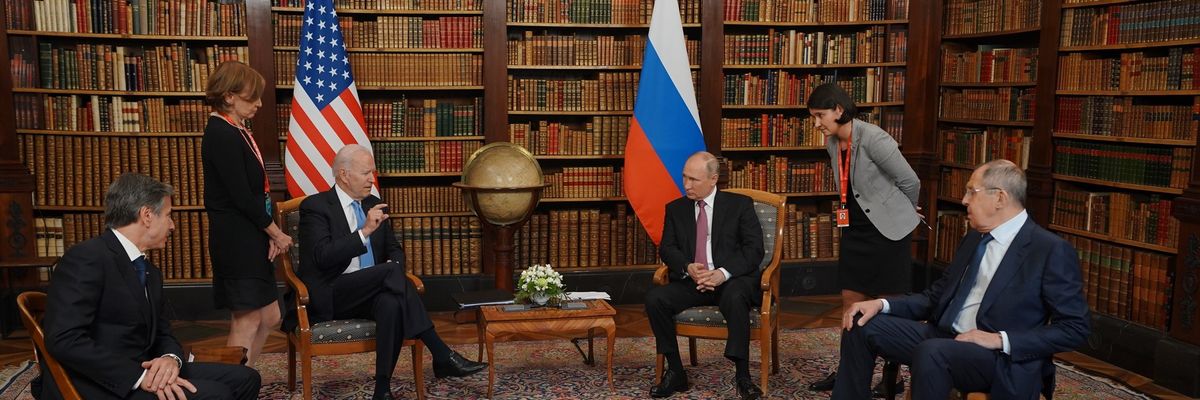
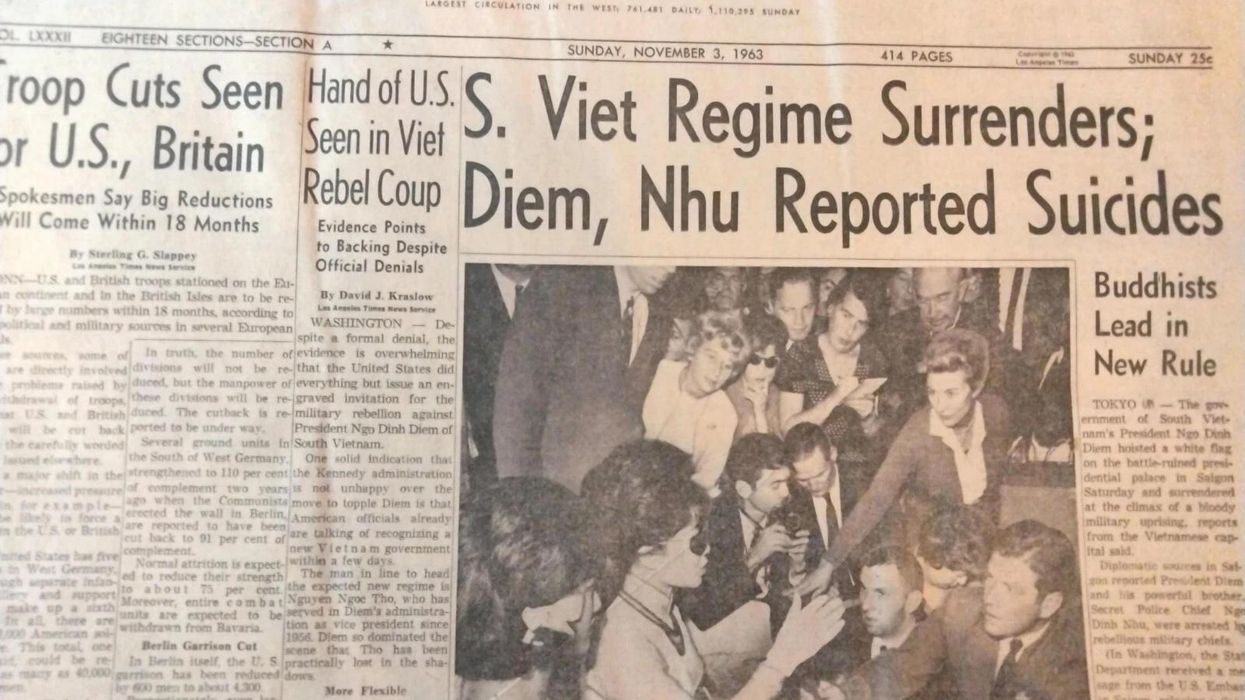
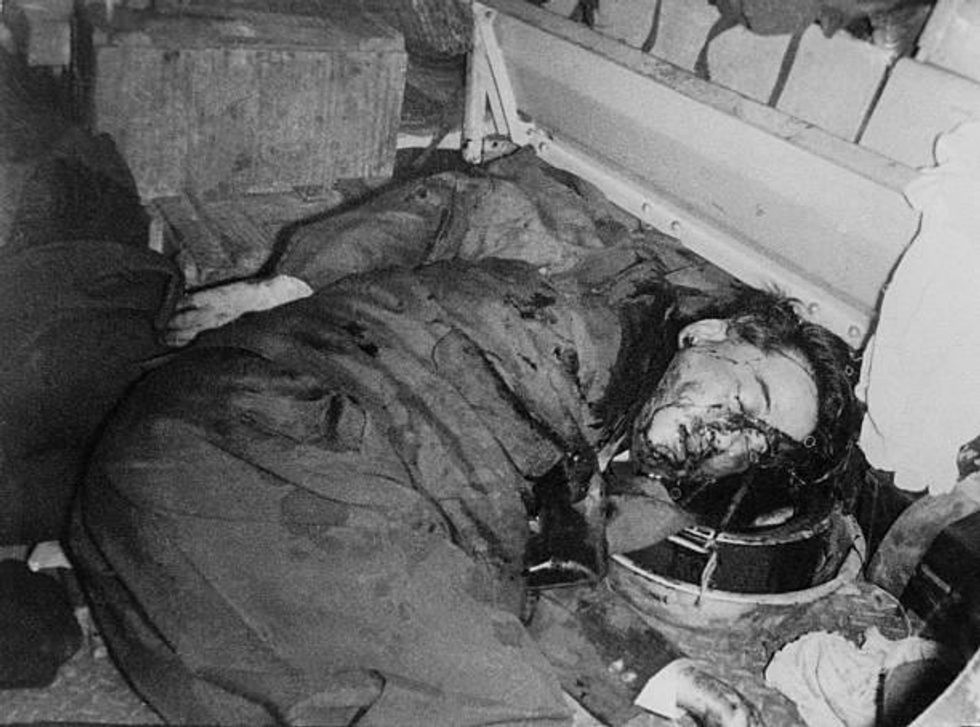 Top photo credit: Ngô Đình Diệm after being shot and killed in the 1963 coup (US National Archives)
Top photo credit: Ngô Đình Diệm after being shot and killed in the 1963 coup (US National Archives) 